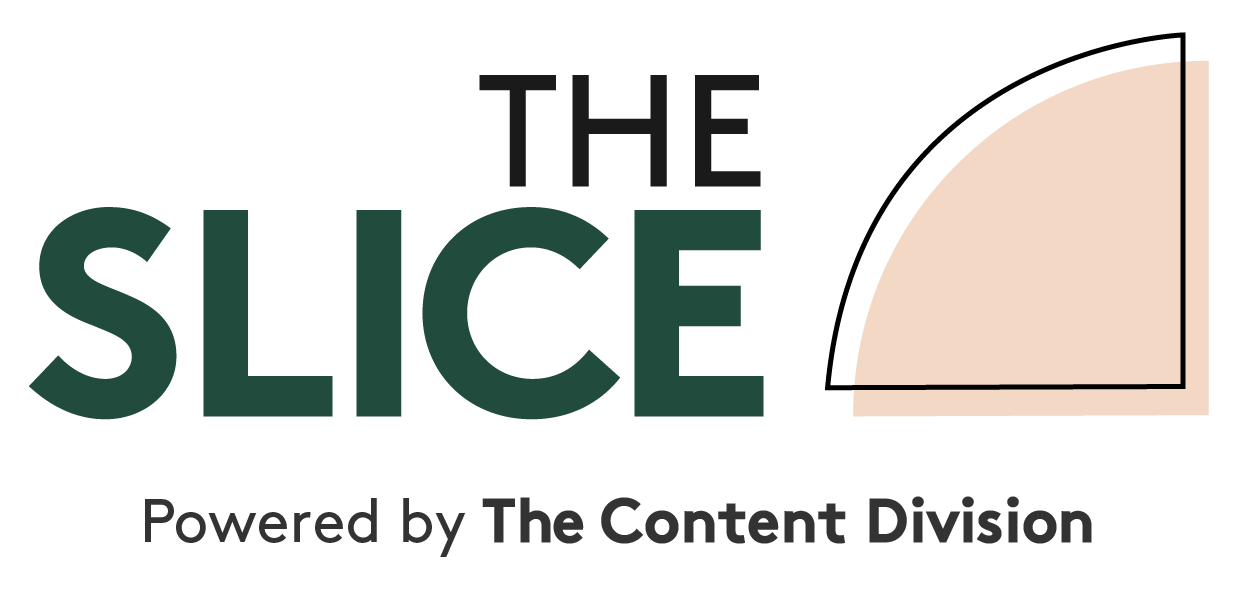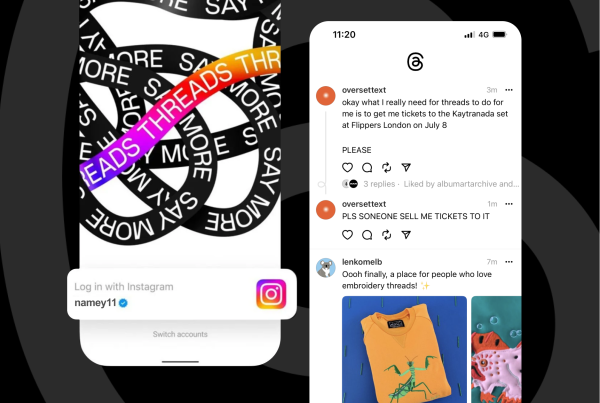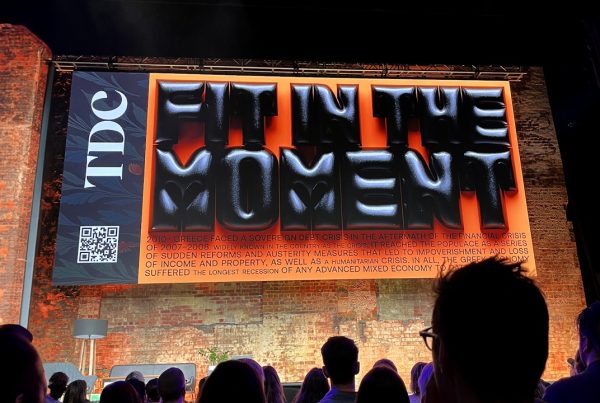
It’s the age-old debate for marketing teams and functions of all sizes. Should we keep this team in house or outsource it (or vice versa) – or on some occasions, take on a hybrid of both? Potentially, a hybrid is the sweet spot. But is that right for your business? And is it the same decision for your content marketing team as the rest of your marketing team?
So many brands have the difficulty of working out what works best for their business. That’s why marketing teams constantly restructure, change to agency models, outsource their team and bring it back in house. There’s no silver bullet but at the end of the day, you’ve got to choose.
We’ve broken down the pros and cons of each option when it comes to your content marketing team in particular.
In-house
Pros
There are so many positives about having your content team in house. The benefits of being nearby means reactive or timely content can happen in a nimble fashion; lunchtime chats can turn into brainstorming sessions for Instagram boomerangs; and overheard customer service queries can be turned into blog topics for the content writers.
Keeping your content marketing team in house allows you to hire subject matter experts in your industry to focus on creating exceptional content. Having people who are all bought into the same content mission means you can live and breathe your mission and tone of voice on a day-to-day basis. Between your team you can tweak your strategy on an ongoing basis and report on results instantly to improve.
Yes, there’s plenty of positives of having your team in house, but some of those things mentioned aren’t a given.
Cons
Nimble content creation involves having the whole organisation bought into the benefits of being timely, because we know there’s nothing nimble about three levels of approval for a Tweet.
In-house also brings along complications with stakeholders.
“Oh you’re writing an article about bars in the city? Can you include the owner’s boyfriends’ father-in-law’s subpar pub that’s nowhere near the area you’re writing about?” Umm, no.
OK, maybe not that exact request but we’ve all been there. The article was going to be a great, audience-facing piece of content, and it’s now watered down or turned into a sales pitch for a product, and therefore no longer effective and killing trust with your readers (aka potential customers).
The best content (be it video, podcast, written, social, eDM, you name it) is done with the audience in mind. And that’s hard to stick to when you’ve got stakeholders breathing down your neck.
The verdict: Organisations that do great in-house content marketing are 100% bought into content, live and breathe a content culture from the CEO down, and have the cash to dedicate to all the skill sets required to run a content product.
Outsource
Pros
The cons of in-house turns into the pros of outsourcing. Having an external team to manage your content marketing strategy and your day-to-day content creation and distribution means they have creative freedom to do so without interference from stakeholders or other daily tasks that get in the way.
Another benefit of outsourcing is tapping into multiple skill sets that you may not be able to resource in-house. Agencies can provide skilled journalists, strategists, designers, videographers, illustrators and animators for the cost of hiring 1-2 people internally. That’s where the magic happens.
Agencies also get the pick of the bunch when it comes to the creative talent pool. It makes sense – designers, illustrators, creative directors, etc want to work on different projects and clients all the time, they’re not overly interested in slow-paced workplaces and internal bureaucracy or politics.
Furthermore, having creative and strategic directors in the picture all of the time means your content marketing is always on point.
Cons
For organisations that like to be in on the action, outsourcing your content marketing to an agency can feel like you’re disconnected or out of the loop. The extent of this will vary between agencies and their communications methods or channels.
Outsourcing also adds a barrier for reactive content between customer service enquiries or topics that come up throughout the organisation. Organisations looking to outsource their content marketing team should ensure there are procedures in place to overcome this.
And of course, it can be expensive. There’s a price for a premium service. All agencies are different as is their level of quality and service.
The verdict: Outsourcing works if you want the best skills on the job, and are happy to have a hands-off approach on the day-to-day execution. To ensure if works for you, set up processes for sharing content ideas and feedback.
Hybrid
Pros
Sharing your content creation and distribution efforts between your in-house team and agency has the potential to give you the best of both worlds.
Your agency can focus on creating all the content assets your need (articles, videos, gifs, graphics etc) while in house you distribute via social, email, website and more (or vice versa).
You can keep your subject matter experts in house and outsource the creative stuff or the ‘doing’. The key is to know your strengths and outsource the rest.
Cons
If the relationship or responsibilities aren’t a clear split, the objectives can get lost along the way and results may go unaccounted for.
The verdict: Outsourcing part of your content creation or distribution is great when you know the skills you’re lacking. To ensure it’s successful, create a content calendar that can be shared between organisation and agency, and keep an open comms channel like Slack or Google Hangouts. Regularly report on content performance and share that between the organisation and the agency.





